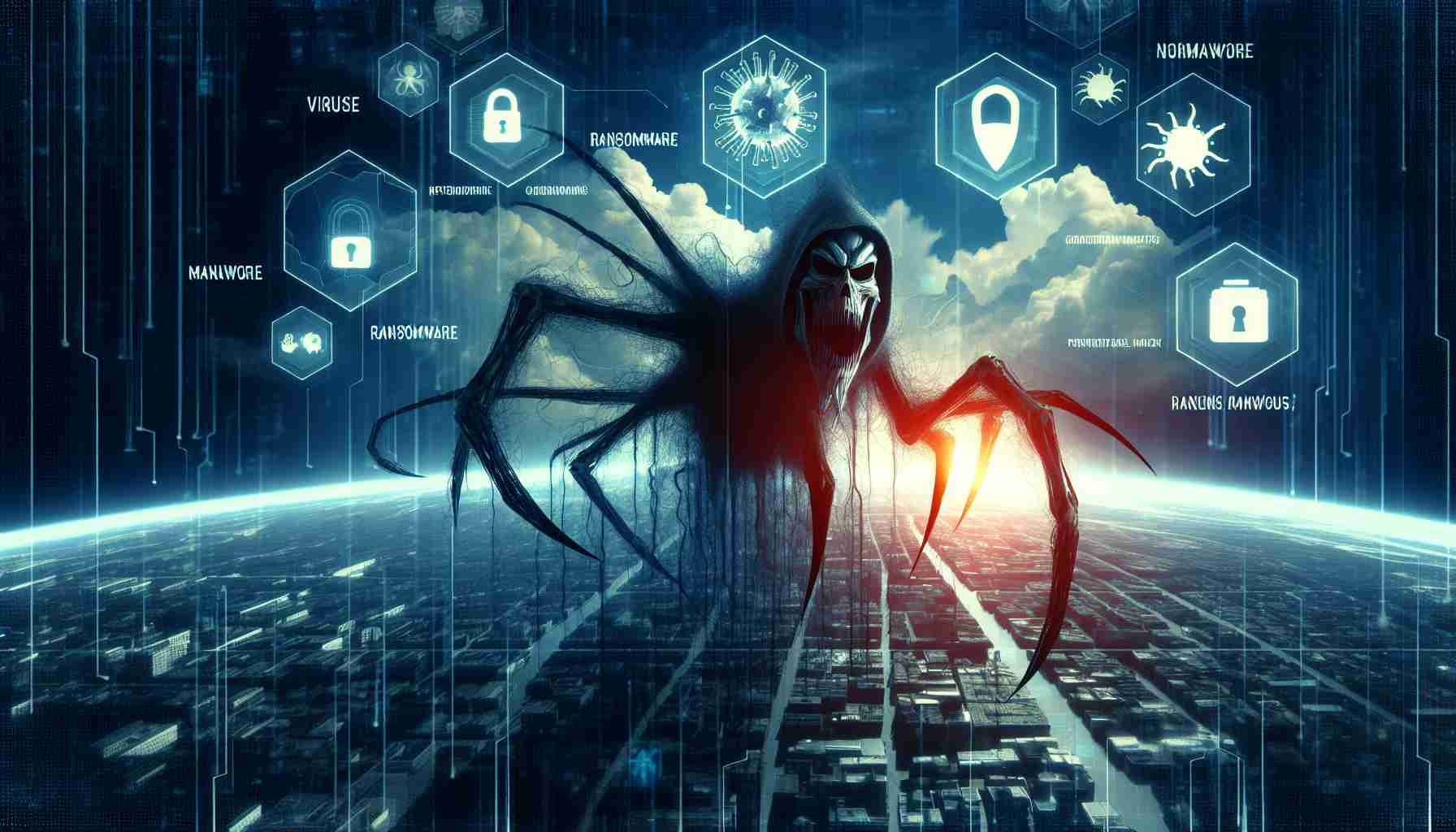Emerging Cybersecurity Threats: What You Need to Know

Be wary of the Chrome extension “TRANSLATEXT” that masquerades as a translation tool but is actually malicious software designed by North Korean hackers to steal sensitive information. This highlights the importance of being cautious when downloading extensions from unknown sources.
Additionally, hackers have been tampering with popular Windows productivity tools such as Notezilla, RecentX, and Copywhiz to distribute malware. Users are advised to verify the integrity of software files to avoid falling victim to such attacks.
Moreover, threat actors have been leveraging the “HappyDoor” malware in email attacks, emphasizing the need for users to exercise caution when opening email attachments and to stay updated on software patches.
Another concerning trend is the exploitation of Compiled HTML (CHM) files by hackers to deliver malware and gain unauthorized access to computers. Users should be cautious of unsolicited files and enable robust endpoint logging to protect against such attacks.
Furthermore, the emergence of the K4spreader malware, developed by the Water Sigbin group, poses a significant threat with its persistence and self-update capabilities. Users are advised to strengthen their system defenses and stay vigilant against evolving cyber threats.
As cyber attacks continue to evolve and target various platforms, staying informed and implementing proactive cybersecurity measures is crucial to safeguarding personal and sensitive data.
FAQ Section:
1. What is the “TRANSLATEXT” Chrome extension?
The “TRANSLATEXT” Chrome extension appears as a translation tool but is actually malicious software created by North Korean hackers to steal sensitive information. Users should be cautious when downloading extensions from unfamiliar sources to avoid potential security threats.
2. Which Windows productivity tools have been tampered with by hackers?
Popular Windows productivity tools such as Notezilla, RecentX, and Copywhiz have been compromised by hackers to distribute malware. It is recommended for users to verify the authenticity of software files to prevent falling prey to such attacks.
3. What is the “HappyDoor” malware, and how is it being used by threat actors?
The “HappyDoor” malware is being utilized in email attacks by threat actors to infect systems. Users should exercise caution when opening email attachments and ensure they are up to date with software patches to mitigate the risks associated with such malicious activities.
4. How are hackers exploiting Compiled HTML (CHM) files to deliver malware?
Hackers are leveraging Compiled HTML (CHM) files to distribute malware and gain unauthorized access to computers. Users should be wary of unsolicited files and enable robust endpoint logging to defend against these kinds of attacks effectively.
5. What is the K4spreader malware, and who developed it?
The K4spreader malware, developed by the Water Sigbin group, poses a significant threat due to its persistence and self-update capabilities. Users are advised to enhance their system defenses and remain vigilant against evolving cyber threats to protect their systems.
Definitions:
– Malicious software: Software designed to harm computer systems or steal data without the user’s consent.
– Threat actors: Individuals, groups, or organizations involved in cyber threats, such as hacking and malware distribution.
– Endpoint logging: The process of monitoring and recording events that occur on endpoints (computers, servers) to detect and respond to security incidents.
– Cybersecurity measures: Precautionary steps taken to protect computer systems, networks, and data from cyber attacks and unauthorized access.
Suggested Related Links:
Cybersecurity Awareness
Cyber Threat Prevention
